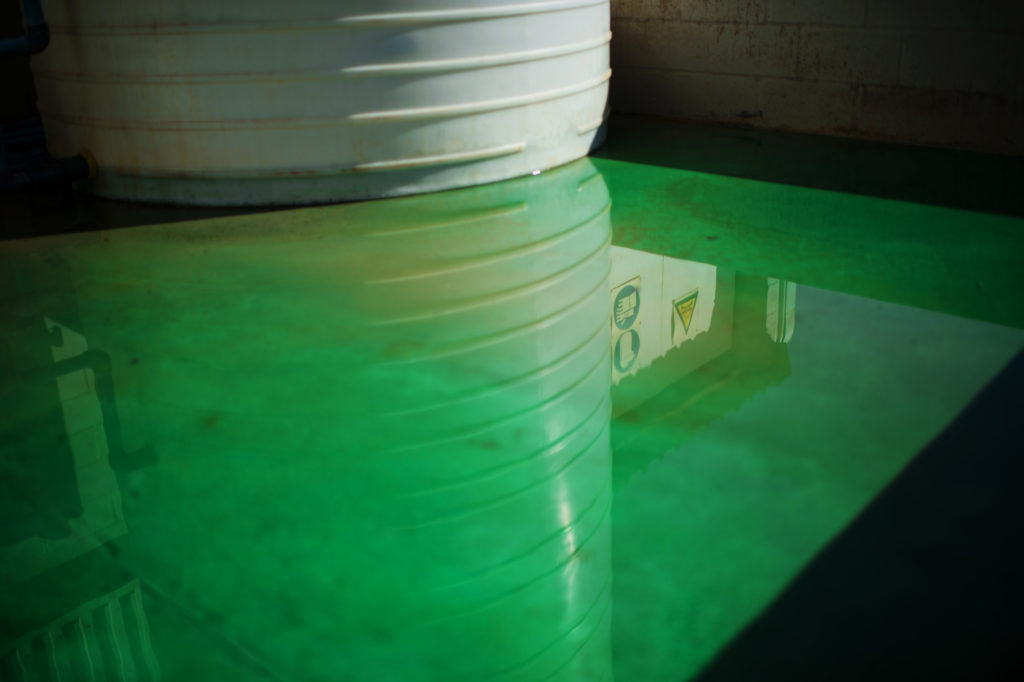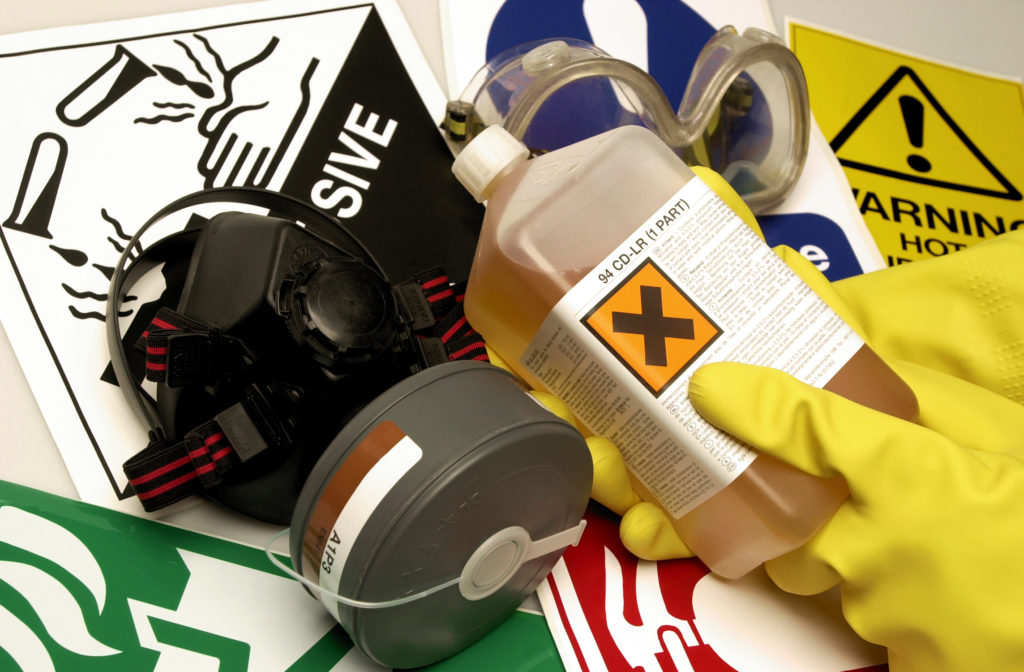How To Respond To A Chemical Spill In A Laboratory

Handled properly, a chemical spill can be no more than an inconvenience. However, if a spill is handled poorly, it can cause disruption or serious injury. It is imperative that laboratory workers are well informed about company chemical spill procedure in order to deal with them safely and effectively. After receiving training and best practice guidelines, it is every member of staff’s responsibility to know and understand the spill response best practice guidelines that are set by the company, in order to lessen the chances of injury and disruption.
Most laboratory spills happen in small quantities and can be classified as a simple spill. When dangerous chemicals and large spills take place, they are classified as complex spills, and should be dealt with by outside professionals.
What are the potential hazards in laboratory spills?
Different chemicals can pose different threats to people and the environment. You should be aware of:
Flammability
Chemicals that can be ignited by heat, sparks or flames.
Reactivity to Air or Water
Chemicals that may oxidise, decompose or react violently to air or moisture.
Corrosion
Corrosive chemicals can cause burns to skin or eyes or ignite combustible chemicals.
High Toxicity
Chemicals that can cause severe illness or fatality.

How to deal with a chemical spill in a laboratory
A thorough spill response procedure has the potential to save lives in the workplace. The procedure should include: staff responsibilities, communication methods, instructions on using lab safety equipment, spill clean-up and residue disposal. It should also include how to assess a spill and how staff should know whether to attempt clean up themselves or seek professional help.
An out of date best practice isn’t worth anything in a time of crisis, so check and update the spill response procedure regularly. Holding regular training days that cover company procedure should help staff to feel safe at work, whilst ensuring that they know the guidelines to follow should a chemical spill occur. Crucially, this means ensuring that materials and equipment are fully stocked and kept in easy-access places – consider writing a checklist that can be signed off on each week.
When a spill occurs, you should:
Evaluate the risks
Determine whether the spill is simple or complex. A simple spill will not spread rapidly, will not endanger people or property except by direct contact, and does not endanger the environment. If it is a simple spill, you can initiate clean up procedure. If an immediate threat is posed, the spill site should be evacuated immediately and the emergency services should be contacted
Communicate
Colleagues should inform everybody about the spill. Alert them to any danger and decide what the best clean up procedure should be.
Effects on human health
Complex spills are spills that have the potential to spread rapidly, enter the body, or cause an explosion. They come in the form of volatile vapours, water reactive or air reactive chemicals, ignition sources, oxidisers and large quantities of combustible materials. In the case of a complex spill, avoid exposure to the chemicals by evacuating the area, and seek outside assistance.
Effects on property
If a chemical has the potential to damage property, it can also damage human health. Avoid exposure and seek immediate outside assistance.
Effects on environment
If the spill has the potential to harm the environment, it should be regarded as a complex spill and the relevant authorities should be notified. These chemicals tend to be released in large quantities, and so if the chemical is not dangerous to human health, you may be expected to block the spill’s spread.
Quantities of the spill
The quantity of the chemical spill will be a factor in determining whether it can be controlled by trained laboratory personnel or whether staff should seek outside assistance. Colleagues should be trained on how to recognise whether the spill should be dealt-with immediately or whether back up is required.
Potential overall impact
It is vital to minimise the spread of any chemical spill in order to mitigate the risk. If laboratory users are aware of the potential consequences of any spill, the risk can be significantly reduced. Consider environmental factors, ignition sources, flammable materials and ventilation. In any case, a prompt response is absolutely necessary in order to ensure that the spill is dealt with quickly and efficiently.
